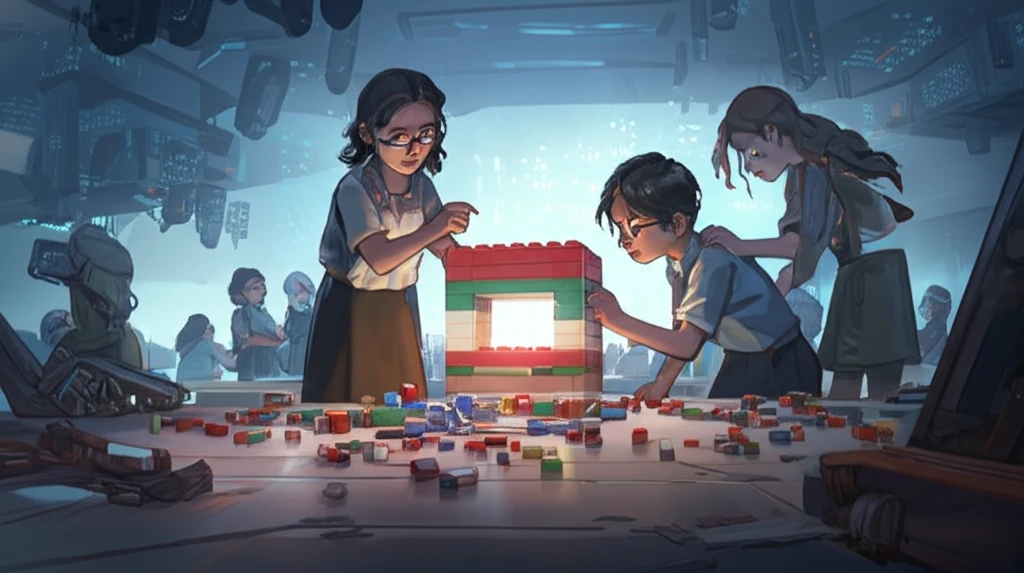
Unlock Learning Agility: How Agile and Lean Methods Transform Education
"Discover how agile education and lean learning boost engagement, personalize education, and prepare students for a rapidly evolving world."
In today's fast-paced world, traditional education models are struggling to keep up. Students need more than just rote memorization; they need the ability to adapt, collaborate, and solve problems creatively. Enter agile education and lean learning—innovative approaches that are transforming classrooms and empowering students to thrive.
Agile and lean methods, originally developed in the tech and manufacturing industries, emphasize flexibility, continuous improvement, and customer (or, in this case, student) satisfaction. By applying these principles to education, educators can create more engaging, personalized, and effective learning experiences.
This article delves into the core concepts of agile and lean learning, exploring how they can be implemented in various educational settings to foster a new generation of adaptable, skilled, and lifelong learners.
Why Agile and Lean? Adapting Education for the 21st Century

The modern workplace demands individuals who are not only knowledgeable but also adaptable, collaborative, and innovative. Traditional education often falls short in cultivating these skills, leading to a disconnect between what students learn and what employers need. Agile and lean methodologies bridge this gap by:
- Promoting Collaboration: Teamwork and communication are central to both agile and lean. Students learn to work effectively in groups, share ideas, and build consensus.
- Enhancing Problem-Solving Skills: Agile and lean approaches emphasize hands-on learning and real-world problem-solving, equipping students with the practical skills they need to succeed.
- Personalizing Learning: By focusing on individual needs and goals, agile and lean methods allow educators to tailor learning experiences to each student's unique strengths and interests.
- Driving Continuous Improvement: Agile and lean principles encourage ongoing reflection and refinement, ensuring that teaching and learning are constantly evolving to meet the changing needs of students.
Embracing the Future of Education
Agile and lean learning offer a powerful framework for transforming education and preparing students for the challenges and opportunities of the 21st century. By embracing these innovative approaches, educators can create more engaging, personalized, and effective learning experiences that empower students to become lifelong learners and successful contributors to society.
